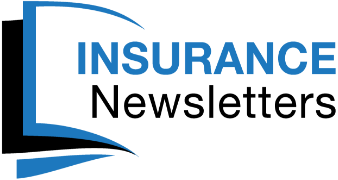Whenever you consider adding another marketing method to your agency’s marketing plan, you must consider the method’s value proposition. A new marketing method that offers little value beyond those which you already use might not be a good addition—but a marketing method that has a greater value proposition could be a gold mine.
Email insurance newsletters are one marketing technique that has a value proposition that is fourfold. Email newsletters provide:
- A tool to ensure persistency and client retention.
- A means to generate leads.
- An educational resource that can show prospects and existing clients what they need.
- An affordable marketing solution.
Making the Most of Persistency
When an existing client gets the impression that you care about your relationship with them even after the premium has been collected and the policy issued, they are more likely to remain a client for the long term. That means any new insurance needs they have will be discussed with you and they will feel comfortable discussing with you any claims made by competing agents. You also gain the benefit of positive word-of-mouth as your client spreads your name to his or her friends and family.
Generating Leads with Email Newsletters
When you educate and empower people you not only make them feel good and trust you, but you also help them understand why they need insurance. While your email newsletter should never come out and ask readers for a sale, it should educate them enough that they understand the need for insurance on their own. This education will compel them to use you as their agent and to buy insurance that they may have thought unnecessary before reading your email newsletter articles.
What Makes Email Newsletters Affordable?
The best direct mail marketing pieces are professionally designed, color and content rich, and expensive to print and mail. Email newsletters offer you customizable, professionally written ghostwritten articles and a professional design with no postage or printing expenses. As long as you follow good emailing practices you can avoid the SPAM folder and build your email as a good resource.
